Home>Furniture & Design>Interior Design Trends>How To Adjust Tension On Home Decor Blinds


Interior Design Trends
How To Adjust Tension On Home Decor Blinds
Published: December 22, 2023
Learn how to adjust tension on home decor blinds to keep up with the latest interior design trends. Follow our step-by-step guide for a seamless update.
(Many of the links in this article redirect to a specific reviewed product. Your purchase of these products through affiliate links helps to generate commission for Storables.com, at no extra cost. Learn more)
Introduction
Welcome to the world of home decor where every detail matters. Your window blinds not only serve a functional purpose by controlling light and privacy but also contribute significantly to the overall aesthetic appeal of your living space. However, over time, you may notice that the tension in your blinds has become less effective, leading to issues such as uneven slat alignment or difficulty in raising and lowering them. Fear not, as this article will guide you through the process of adjusting the tension on your home decor blinds, empowering you to restore their functionality and enhance the visual harmony of your interior design.
Understanding the Importance of Tension Adjustment
Proper tension adjustment is crucial for ensuring that your blinds operate smoothly and maintain a uniform appearance when raised or lowered. When the tension is off, it can result in uneven movement of the slats, making it challenging to achieve the desired lighting and privacy levels. Moreover, blinds with inadequate tension may not stay in place when raised, posing potential safety hazards and detracting from the overall elegance of your window treatments.
Tools and Materials Required
Before embarking on the journey of tension adjustment, it is essential to gather the necessary tools and materials to facilitate a seamless process. Here's what you'll need:
- Screwdriver (flathead or Phillips, depending on the type of blinds)
- Pliers
- Replacement cord (if the existing cord is damaged)
- Ladder or step stool (if dealing with high-mounted blinds)
- Patience and attention to detail
With these items at your disposal, you'll be well-equipped to address the tension issues affecting your home decor blinds and restore them to their former glory.
Stay tuned as we delve into a comprehensive step-by-step guide to adjusting the tension on various types of home decor blinds, empowering you to take control of this essential aspect of interior design.
Key Takeaways:
- Restore the functionality and visual appeal of your home decor blinds by adjusting their tension, ensuring smooth operation and safety while enhancing the overall ambiance of your living space.
- Gather essential tools and follow a step-by-step guide to adjust the tension on your blinds, promoting safety, longevity, and visual harmony within your interior design.
Read more: How To Adjust Spring Tension On Garage Door
Understanding the Importance of Tension Adjustment
Proper tension adjustment plays a pivotal role in ensuring the optimal functionality and visual appeal of your home decor blinds. When the tension is set correctly, your blinds will operate smoothly, allowing for effortless adjustments to control light and privacy levels. Additionally, well-maintained tension contributes to a uniform and aesthetically pleasing appearance, enhancing the overall ambiance of your living space.
One of the primary reasons to address tension issues is to rectify uneven slat alignment. When the tension is imbalanced, it can lead to slats being askew when the blinds are raised or lowered, creating a disheveled and unprofessional look. By adjusting the tension, you can realign the slats, ensuring that they rest parallel to each other, thereby elevating the visual cohesiveness of your window treatments.
Moreover, properly adjusted tension is essential for the safety and functionality of your blinds. When blinds lack adequate tension, they may not remain in the desired position when raised, posing potential hazards, especially in households with children or pets. By addressing tension issues, you can mitigate these safety concerns and promote a secure environment within your home.
Furthermore, maintaining the appropriate tension in your blinds contributes to their longevity. Smooth operation and uniform tension reduce wear and tear on the components, prolonging the lifespan of your window treatments. This, in turn, preserves your investment in quality blinds and minimizes the need for premature replacements or repairs.
From a design perspective, properly tensioned blinds contribute to the overall visual harmony of your interior space. Whether your design aesthetic is modern and minimalistic or classic and cozy, the meticulous adjustment of tension ensures that your blinds complement the surrounding decor, serving as an integral part of the cohesive design scheme.
By understanding the significance of tension adjustment, you can appreciate its multifaceted impact on both the functionality and visual appeal of your home decor blinds. Now that we recognize the importance of this aspect, let’s proceed to explore the practical steps and techniques involved in adjusting the tension on various types of blinds.
Tools and Materials Required
Before embarking on the task of adjusting the tension on your home decor blinds, it’s essential to gather the necessary tools and materials to facilitate a smooth and efficient process. Here’s a comprehensive list of what you’ll need:
- Screwdriver: A flathead or Phillips screwdriver, depending on the type of blinds you have, will be indispensable for accessing and adjusting the components within the blinds. Ensure that the screwdriver is of the appropriate size and quality to avoid damaging the screws during the adjustment process.
- Pliers: Having a pair of pliers on hand will enable you to manipulate the tension mechanisms and cords with precision. This tool is particularly useful for fine-tuning the tension to achieve the desired level of tautness for smooth operation.
- Replacement Cord: In the event that the existing cord within your blinds is damaged or worn, having a replacement cord readily available will allow you to address this issue during the tension adjustment process. It’s advisable to choose a cord that matches the specifications of your blinds to ensure a seamless replacement.
- Ladder or Step Stool: If your blinds are mounted at a height that requires elevation for access, a sturdy ladder or step stool will be essential for safely reaching and working on the blinds. Prioritize safety when selecting and using these tools to prevent accidents or injuries during the adjustment process.
- Patience and Attention to Detail: While not tangible tools, patience and attention to detail are invaluable assets during the tension adjustment process. Approach the task with a calm and focused mindset, and be attentive to the nuances of the adjustments to achieve optimal results.
By ensuring that you have these tools and materials at your disposal, you’ll be well-prepared to address the tension issues affecting your home decor blinds. Whether it’s a minor tweak or a more involved adjustment, having the right tools within reach will streamline the process and contribute to the successful restoration of your blinds’ functionality and aesthetic appeal.
With the tools and materials in hand, you’re now equipped to embark on the journey of adjusting the tension on your home decor blinds. As we delve into the step-by-step guide, you’ll gain valuable insights into the intricacies of this process, empowering you to take control of this essential aspect of interior design.
To adjust tension on home decor blinds, locate the tension device on the side of the blinds. Use a screwdriver to tighten or loosen the tension screw to achieve the desired level of resistance when raising and lowering the blinds.
Step-by-Step Guide to Adjusting Tension on Home Decor Blinds
Adjusting the tension on your home decor blinds is a manageable task that can significantly enhance their functionality and visual appeal. Whether you have vertical blinds, horizontal blinds, or any other variation, the following step-by-step guide will empower you to address tension issues effectively:
- Assess the Existing Tension: Begin by operating the blinds and observing their behavior. Take note of any slat misalignment, difficulty in raising or lowering the blinds, or instances of the blinds not staying in place when raised. These observations will guide you in determining the specific areas of tension that require adjustment.
- Identify the Tension Mechanism: Depending on the type of blinds, locate the tension mechanism, which may be a spring-loaded system, a cord and pulley arrangement, or a similar mechanism. Understanding the specific design of your blinds will inform the adjustments you need to make.
- Access the Tension Components: Using the appropriate tools, such as a screwdriver or pliers, access the components related to the tension mechanism. This may involve removing the valance or accessing the headrail of the blinds to reach the internal mechanisms.
- Adjust the Tension: With caution and precision, make incremental adjustments to the tension mechanism. This may involve tightening or loosening a spring, adjusting the position of a cord within the pulley system, or manipulating the tension-related components based on the specific design of your blinds.
- Test the Blinds: After each adjustment, test the blinds to assess the impact of the tension changes. Observe the movement of the slats, the ease of raising and lowering the blinds, and their ability to remain in the desired position when raised. Continuously fine-tune the tension until the desired functionality and appearance are achieved.
- Ensure Safety and Stability: Throughout the process, prioritize safety and stability. Secure any components that have been adjusted, ensuring that they are firmly in place and that the blinds operate smoothly without any risk of dislodgment or malfunction.
By following these steps and tailoring them to the specific characteristics of your blinds, you can effectively address tension issues and restore the optimal functionality and visual appeal of your home decor blinds. Whether it’s a minor adjustment or a more involved process, approaching the task with patience and attention to detail will yield rewarding results.
As you embark on the journey of adjusting the tension on your home decor blinds, remember that each step brings you closer to a harmonious and well-functioning window treatment that contributes to the overall ambiance of your living space. With the practical insights gained from this guide, you’re well-equipped to navigate the intricacies of tension adjustment and elevate the allure of your interior design through meticulously tailored blinds.
Additional Tips and Considerations
As you venture into the realm of adjusting the tension on your home decor blinds, consider the following additional tips and essential considerations to enhance the effectiveness and safety of the process:
- Consult Manufacturer’s Guidelines: Refer to the manufacturer’s guidelines or instructions that accompany your blinds. These resources often provide specific details on tension adjustment and may offer insights tailored to the particular design of your blinds.
- Document the Original Configuration: Before making any adjustments, consider documenting the original configuration of the tension mechanism. This can be in the form of photographs or written notes, enabling you to revert to the initial setup if needed.
- Address Cord Safety: If your blinds utilize cords in their tension mechanism, ensure that they are secured and out of reach of children and pets. Cord cleats or tension devices can be installed to mitigate entanglement hazards and promote a safe environment.
- Seek Professional Assistance if Needed: In cases where the tension adjustment seems complex or if you encounter unexpected challenges, don’t hesitate to seek professional assistance. Experienced blind technicians or installers can provide valuable expertise and ensure that the adjustments are performed with precision.
- Regular Maintenance: Incorporate regular maintenance of your blinds into your home care routine. Periodic checks for tension and overall functionality can help identify issues early, allowing for timely adjustments and prolonging the lifespan of your blinds.
- Consider Upgrading to Motorized Blinds: If you find manual tension adjustments cumbersome or if you seek enhanced convenience, consider upgrading to motorized blinds. These modern solutions offer effortless control and eliminate the need for manual tension adjustments.
By integrating these tips and considerations into your approach to tension adjustment, you can elevate the effectiveness and safety of the process while promoting the longevity and optimal performance of your home decor blinds. Remember that attention to detail, proactive maintenance, and a safety-conscious mindset are integral to the care and management of your window treatments.
With these insights in mind, you’re well-prepared to navigate the nuances of tension adjustment, empowering you to maintain impeccably tailored blinds that complement your interior design while ensuring a safe and functional living environment.
Read more: How To Adjust Blinds String
Conclusion
Embarking on the journey of adjusting the tension on your home decor blinds signifies a commitment to preserving their functionality, enhancing their visual appeal, and contributing to the overall harmony of your living space. By recognizing the significance of tension adjustment and equipping yourself with the necessary tools, materials, and practical insights, you’ve taken a proactive step toward maintaining impeccably tailored window treatments that align with your interior design vision.
Through this process, you’ve gained a deeper understanding of the pivotal role that tension plays in the operation, safety, and longevity of your blinds. By addressing tension issues, you’ve mitigated the challenges of uneven slat alignment, difficulty in raising and lowering the blinds, and safety concerns, ensuring that your blinds remain a seamless and secure component of your home environment.
Moreover, the additional tips and considerations provided have empowered you to approach tension adjustment with a comprehensive mindset, integrating safety measures, proactive maintenance practices, and the potential for modern upgrades into your approach to managing your blinds. This holistic perspective not only enhances the effectiveness of tension adjustment but also fosters a sense of confidence and control over the care and maintenance of your window treatments.
As you reflect on the journey of adjusting the tension on your home decor blinds, remember that this process is a testament to your dedication to cultivating a visually captivating, functional, and safe living environment. Every incremental adjustment and thoughtful consideration contributes to the seamless integration of your blinds within the broader tapestry of your interior design.
Armed with the knowledge and practical guidance provided in this article, you’re well-equipped to navigate the intricacies of tension adjustment, ensuring that your home decor blinds continue to embody the essence of tailored elegance and contribute to the inviting ambiance of your living space. Embrace the ongoing care and attention that you invest in your blinds, knowing that each adjustment is a testament to your commitment to a harmonious and well-appointed home.
With this newfound expertise, may your home decor blinds continue to captivate with their functionality and allure, enriching the visual narrative of your cherished living space.
Frequently Asked Questions about How To Adjust Tension On Home Decor Blinds
Was this page helpful?
At Storables.com, we guarantee accurate and reliable information. Our content, validated by Expert Board Contributors, is crafted following stringent Editorial Policies. We're committed to providing you with well-researched, expert-backed insights for all your informational needs.

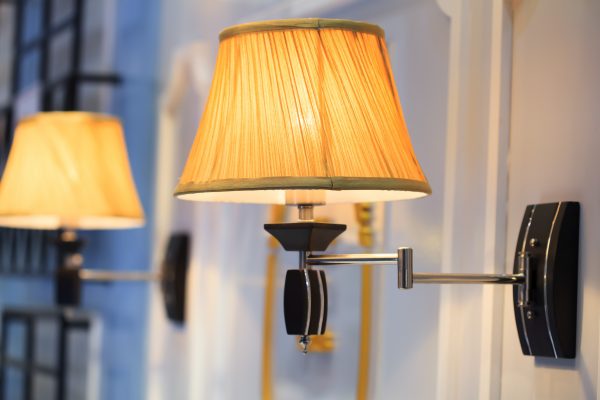
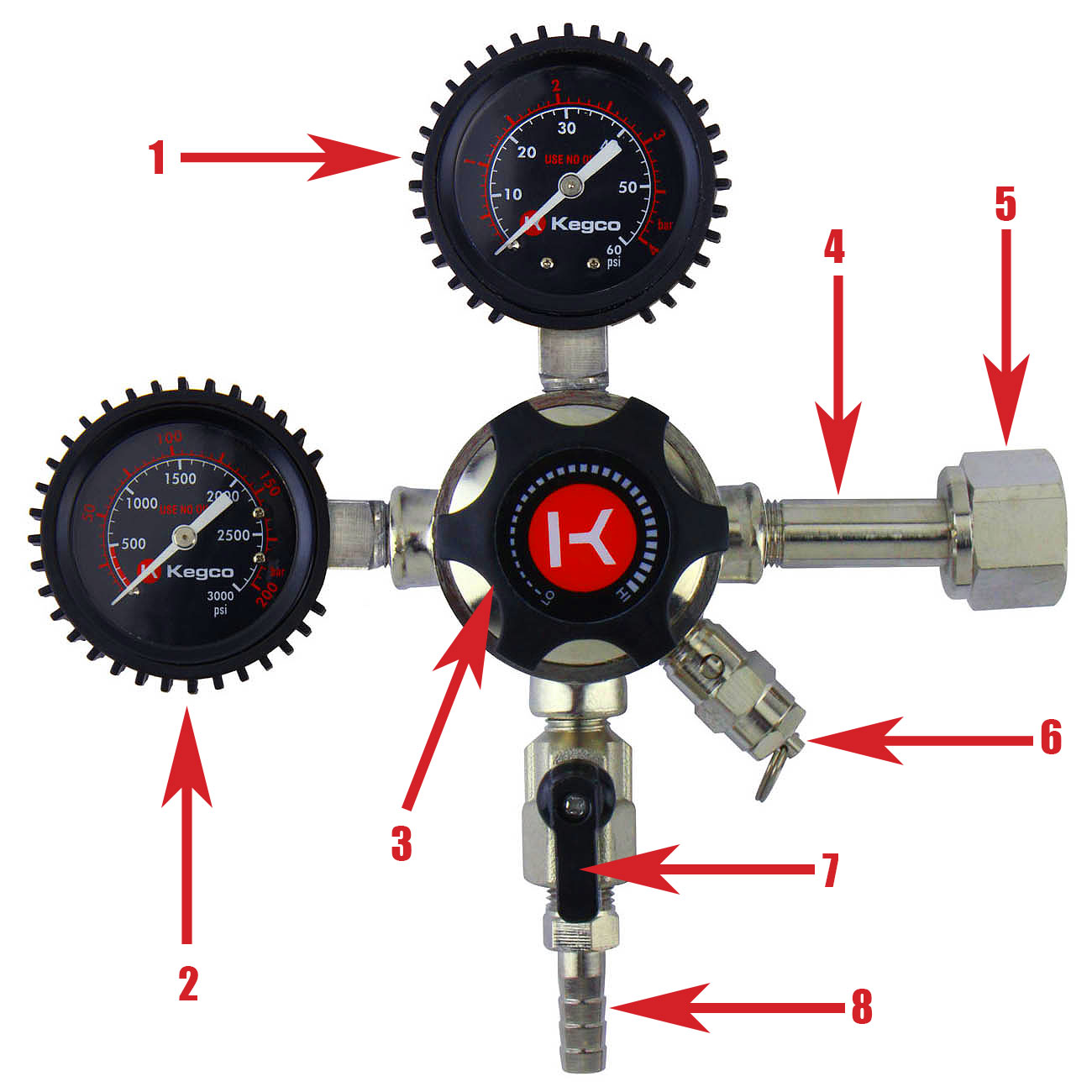

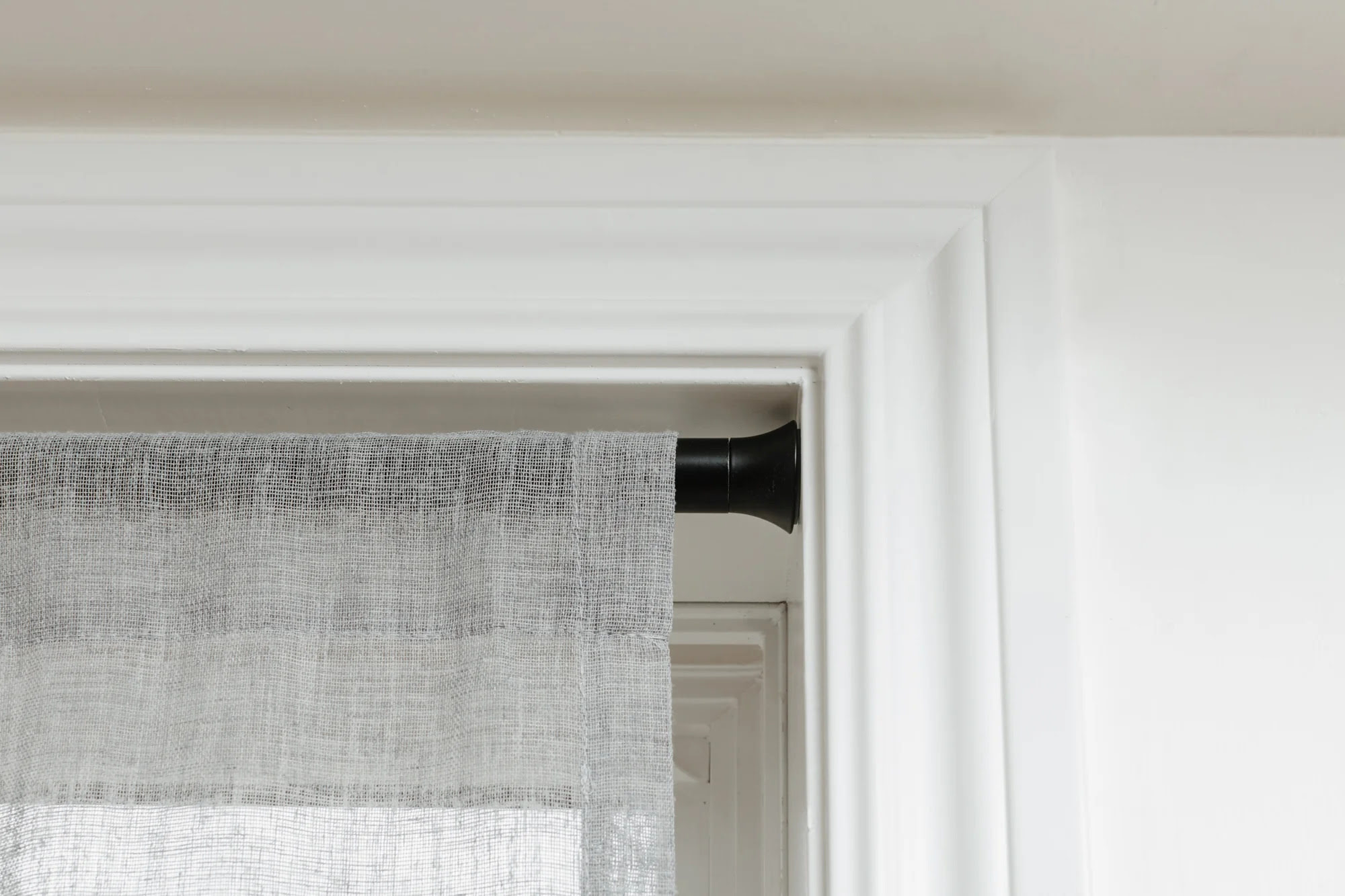
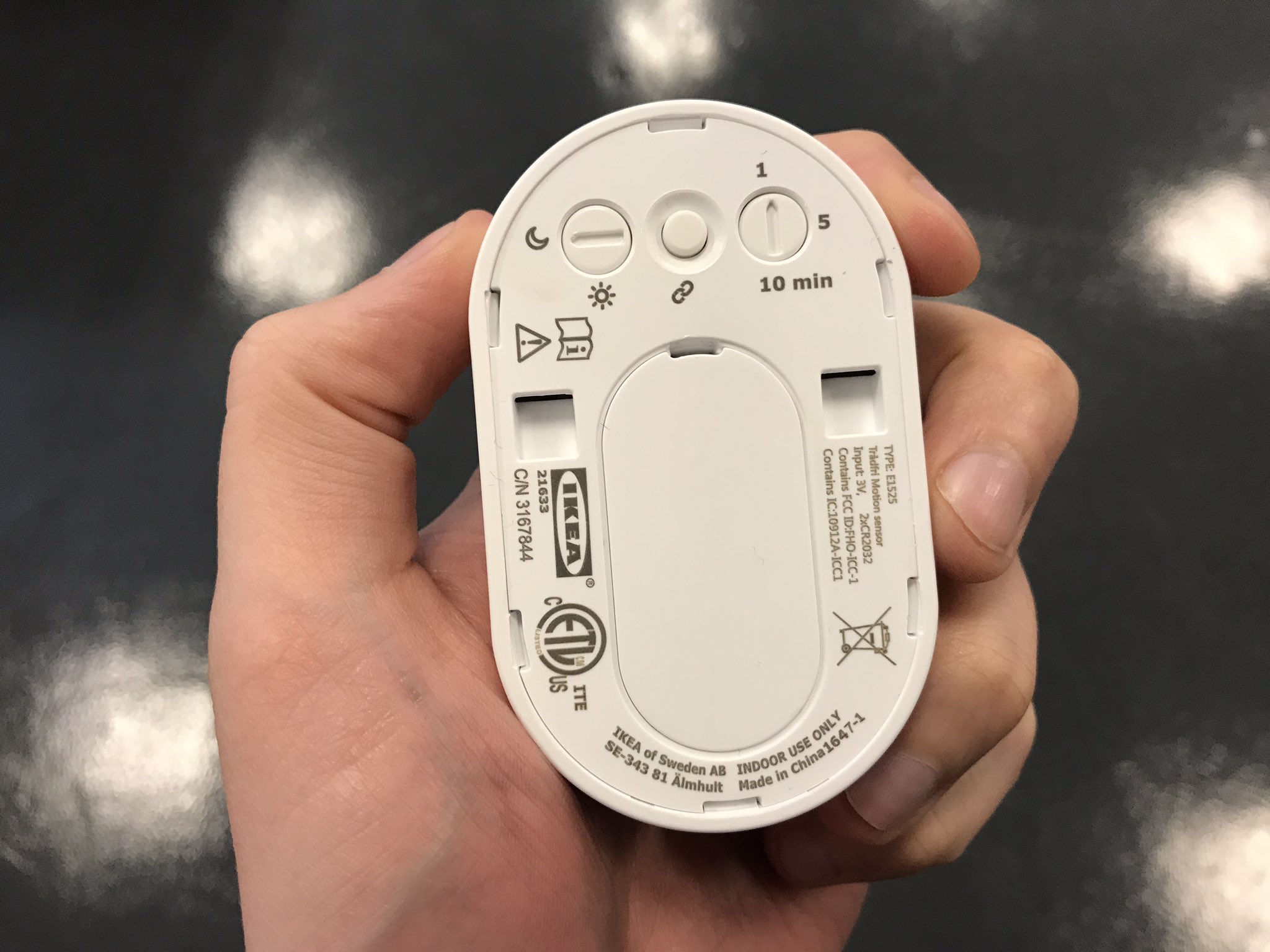

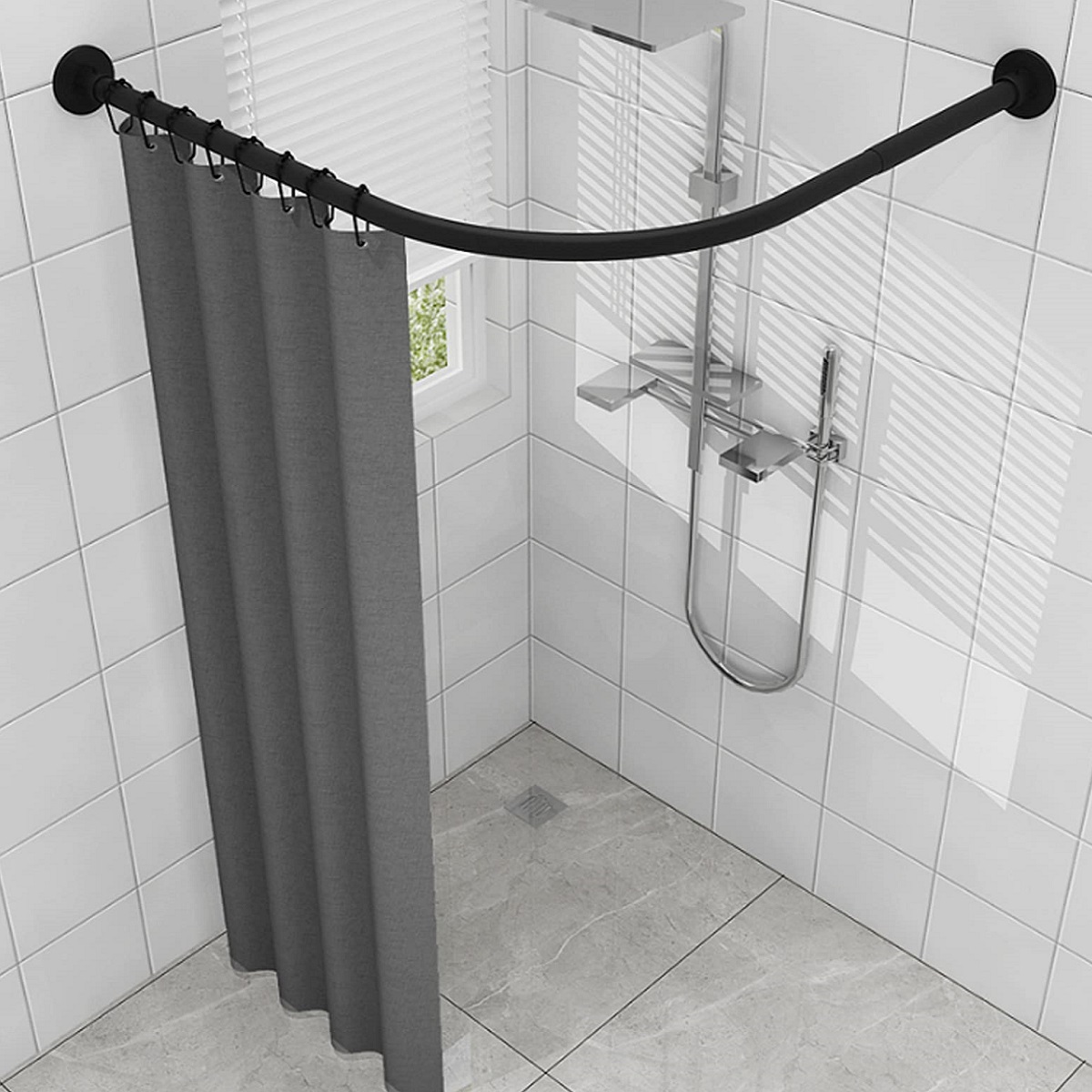

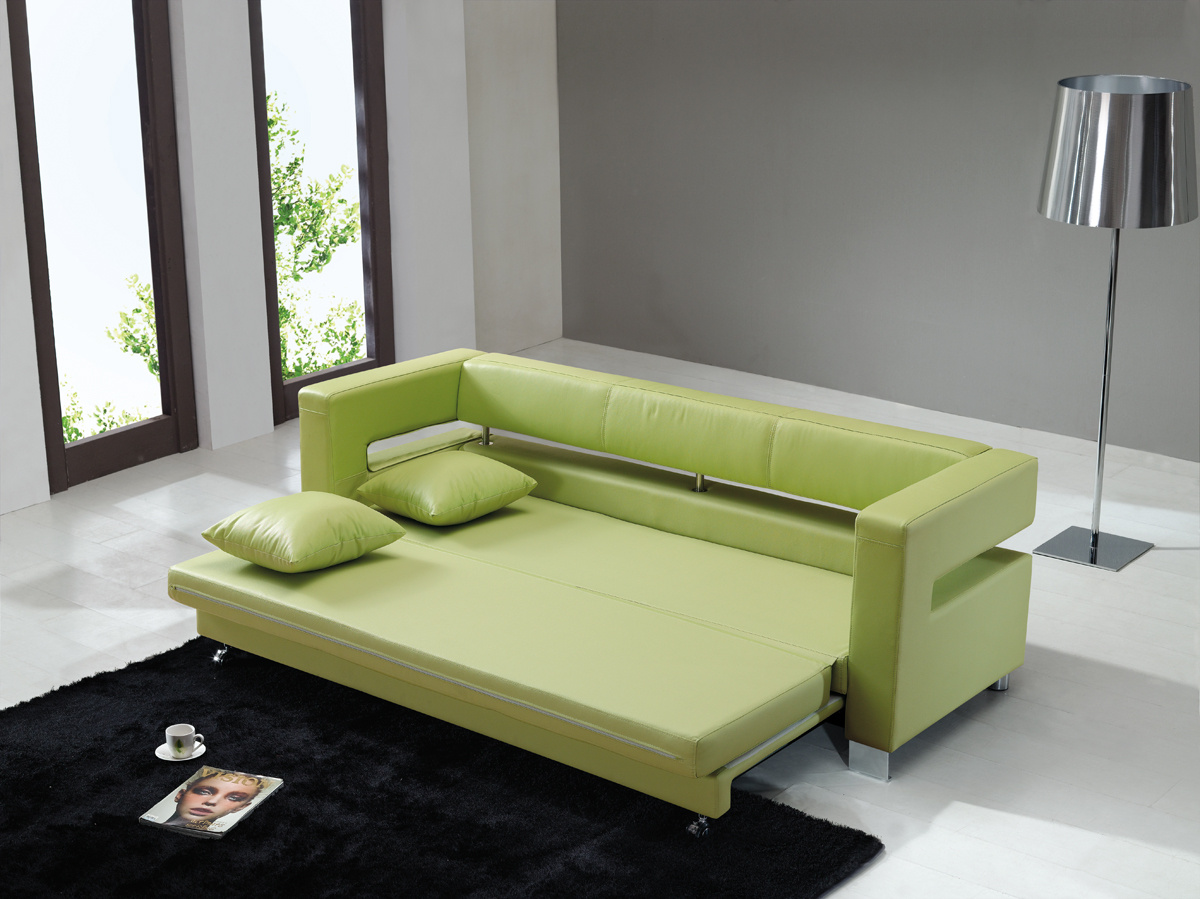





0 thoughts on “How To Adjust Tension On Home Decor Blinds”